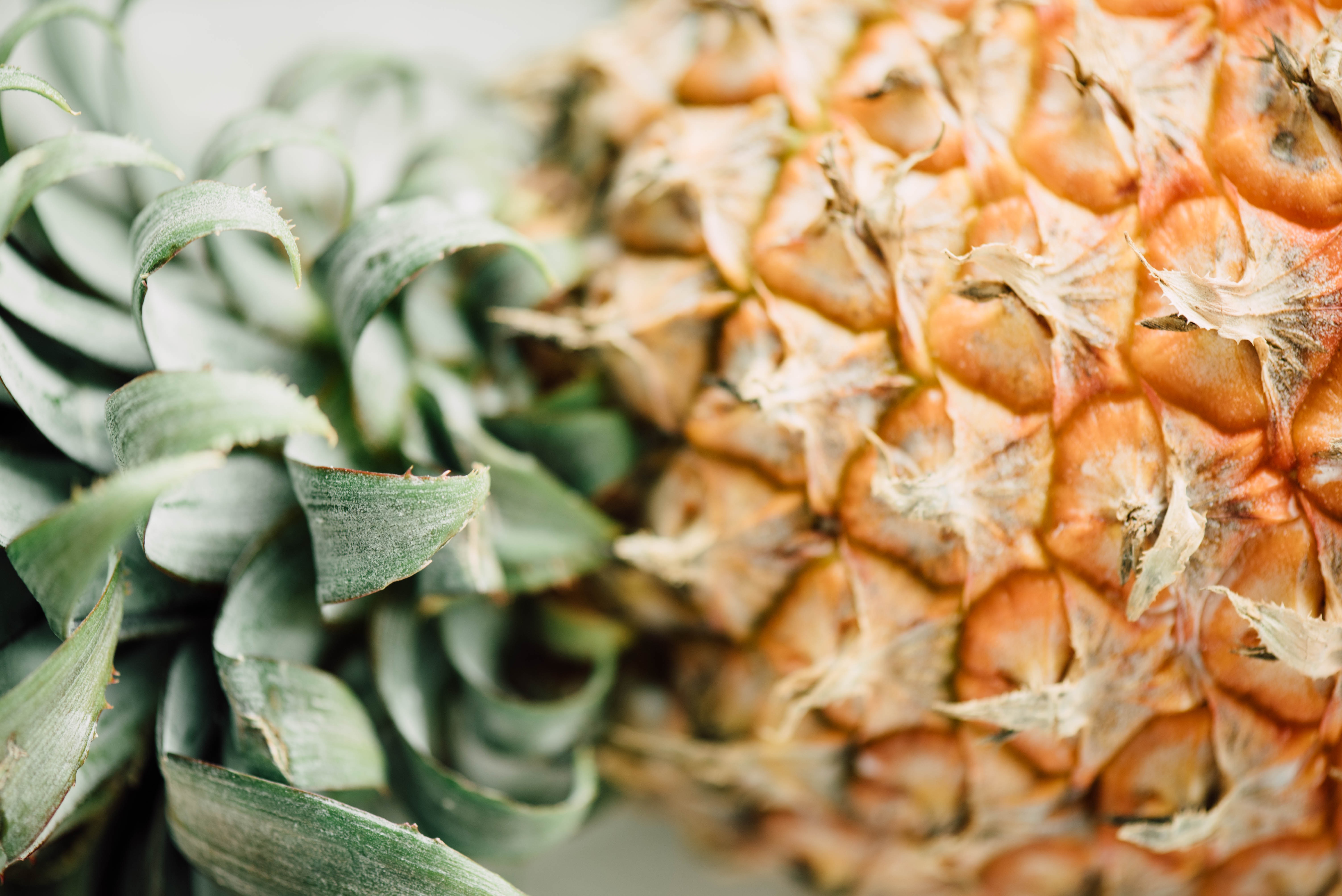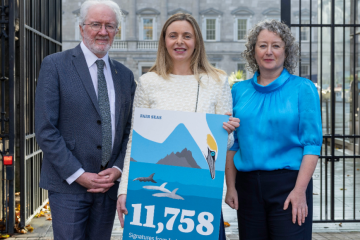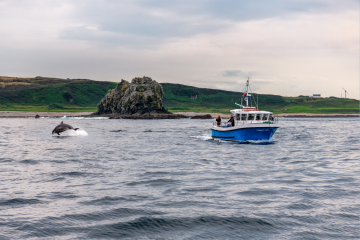New Irish study reveals worrying levels of microplastics in Atlantic fish

February 19th, 2018
A new Irish study has found that the rate of ingestion of microplastics by deepwater fish in the Northwest Atlantic Ocean is among the highest in the world.
The NUI Galway (NUIG) study published today found that 73 per cent out of 233 deep water fish examined had ingested plastic particles.
According to the study, the ingestion of microplastics by these animals may cause internal physical damage, inflammation of intestines, reduced feeding and other effects.
Marine scientists took dead deep sea fish from midwater trawls in the Northwest Atlantic Ocean from a depth of up to 600 metres using large fishing nets.
The fish were then inspected at the University’s Ryan Institute for traces of microplastics in their stomach.
Microplastics are small plastic fragments that commonly originate from the breakdown of larger plastic items, as well as fibres from clothing and microbeads in personal care products.
Due to their low density, most microplastics float at the sea surface, and are often ingested by both fish and birds that confuse the plastics with food sources.
According to the study’s lead author, Alina Wieczorek, deep water fish are most likely exposed to microplastics at night as they migrate to the ocean surface to feed on plankton.
“One of the inspected Spotted Lanternfish, which was 4.5 centimetres in size, had 13 microplastics extracted from its stomach contents,” she added.
“The identified microplastics were mostly fibres, commonly blue and black in colour. Some only measured 50 microns in length.”
Previous studies have shown that microplastics can be ingested by numerous marine animals from zooplankton, to worms and fishes.
Dr Tom Doyle, a co-author of the study from the Ryan Institute at NUI Galway, said: “It’s worrying to think that our daily activities, such as washing our synthetic clothes in our washing machines, results in billions of microplastics entering our oceans through our wastewater stream that may eventually end up in these deep-sea fishes.”
The research was carried out within the PLASTOX project, a European collaborative effort to investigate impacts of microplastics in the marine environment.
[x_author title=”About the Author”]







